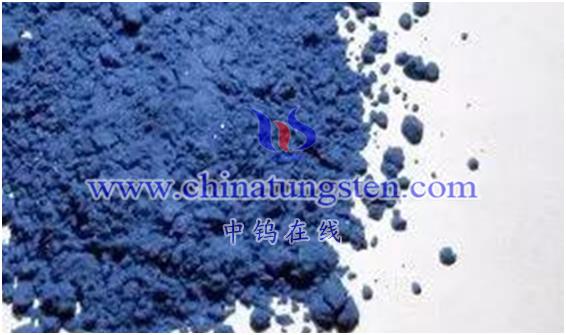Tungsten oxide (WO3) surface defect sites refer to defects or defective sites existing on the surface, which are different from the integrity and periodic structure of the crystal. These defect sites can be lattice defects, surface oxygen vacancies, hydroxyl groups, or other types of defects. Lattice defects refer to the absence, replacement or dislocation of atomic positions in tungsten oxide crystals. For example, tungsten atoms or oxygen atoms may be replaced by other atoms in the lattice, or atoms may be missing. These lattice defects can lead to structural incompleteness of the tungsten oxide surface and affect its physical and chemical properties.
Surface oxygen vacancies and hydroxyl groups have been explained in previous questions. Oxygen vacancies refer to the missing oxygen atom positions in the tungsten oxide lattice, while hydroxyl groups refer to the hydroxide group (OH-) connected to the tungsten atoms on the tungsten oxide surface. These surface defect sites can provide active sites to participate in adsorption, catalysis, and other surface reaction processes.
In addition to oxygen vacancies and hydroxyl groups, there may also be other types of defect sites, such as defect coordination or other defect structures on the tungsten oxide surface. These defect sites can affect the electronic structure, surface reactivity and material properties of tungsten oxide.
The defect sites on the surface of tungsten oxide are of great significance for its applications in catalysis, adsorption, optics and electrochemistry. By adjusting the type and concentration of surface defect sites, the surface activity and reactivity of tungsten oxide can be adjusted, so as to realize the control and optimization of its properties and applications.

More details of tungsten oxide product, please visit website: tungsten-oxide.com
Please contact CHINATUNGSTEN for inquiry and order of tungsten oxide:
Email: sales@chinatungsten.com
Tel.: 86 592 5129595






